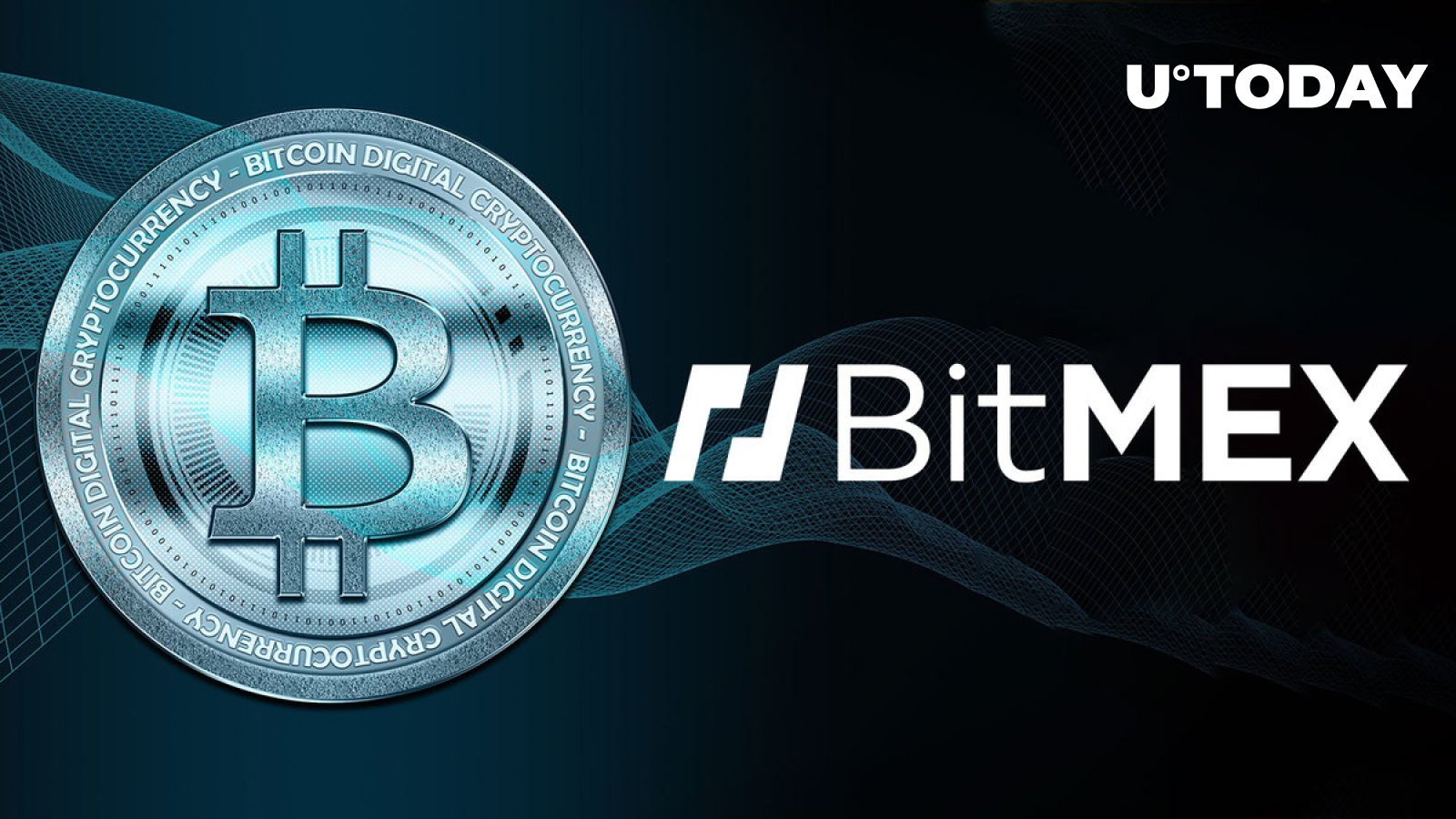How NFT Tech can help fight climate change
Critics of NFTs often point to their environmental impact as one of the main reasons why they should be banned. However, many critics fail to understand that not all distributed ledger technologies (DLT) are environmentally harmful. In addition, NFTs can and have been used to protect the environment. In this article, we’ll take a look at how NFTs can help fight climate change.
NFTs as carbon offsets
Carbon offsets are symbols or certificates that represent actions that remove greenhouse gases from the atmosphere, such as carbon sequestration or renewable energy. These can be purchased by any entity that wants to reduce its carbon footprint, whether it is a business or an individual.
Carbon offsets result in indirect emission reductions, and according to a 2017 study, they really work. Nevertheless, the current carbon offset system is not perfect. “A particular concern is that realized reductions may be ‘double-counted,'” says the Environmental Defense Fund.[Carbon offsets can be] counted once by the country of origin when reporting the emissions inventory, and again by the recipient country (or other entity).”
Double counting misrepresents the amount of greenhouse gases removed from the atmosphere. Blockchain technology can be used to reduce the likelihood of double counting. When a project leads to a verifiable reduction in greenhouse gases, it can be reviewed by a qualified authority that turns a carbon-offset NFT into a carbon-neutral DLT. This process results in an unchanging overview of the greenhouse gas reduction, and when it is sold, we know that the reduction has been claimed. Projects like Aerial have already started using this concept, and we’re likely to see many more.
NFTs as virtual power plants
As it is, the power grid is managed by centralized entities. The current process is fraught with problems, such as energy loss. The US grid loses enough energy to power all seven Central American countries four times over, as it relies on sending energy long distances to reach its destination. Projects like the Brooklyn Microgrid use a decentralized energy approach to reduce energy waste.
Decentralized energy projects draw power from various renewable energy producers in an area. By doing so, they can send the energy to their final destination from a nearby location. These renewable energy resources are often packaged as “virtual power plants.”
The Brooklyn Microgrid project uses blockchain technology to allow solar panel owners to tokenize their excess energy and sell it to others on a voluntary marketplace. Likewise, virtual power plants representing energy from various renewable sources can be minted as NFTs and traded to reduce our dependence on fossil fuels.
NFTs as carbon credits
Carbon credits are often confused with offsets, but differ in important ways. Credits represent a reduction in emissions, while offsets represent the removal of greenhouse gases. Carbon credits are generally associated with cap-and-trade systems and may be required by law in certain industries.
Blockchain technology and NFTs have long been recognized as technologies that can improve the current carbon trading system. In fact, the Whitehouse recognized blockchain as a potential next step in Executive Order 14067, when it asked relevant agencies to produce a report on possible applications in the carbon market.
The importance of choosing the right DLT
Although NFTs can be used to combat climate change, it is important to note that not all DLTs are equal. Emission reduction efforts on proof-of-work DLTs are ineffective due to the excessive energy requirements of these technologies. Yet ledger technologies such as Hedera, Binance and Solana have low energy requirements, ideal for carbon credits, offsets and virtual power plants.
Want more? Connect to NFT Plazas
Join the weekly newsletter
Join our Discord
Follow us on Twitter
Like us on Facebook
Follow us on Instagram
*All investment/financial opinions expressed by NFT Plazas are from personal research and experience of our site moderators and are intended as educational material only. Individuals are required to research all products before making any type of investment.
NFT artist. Musician. Founder of Crescendo.


